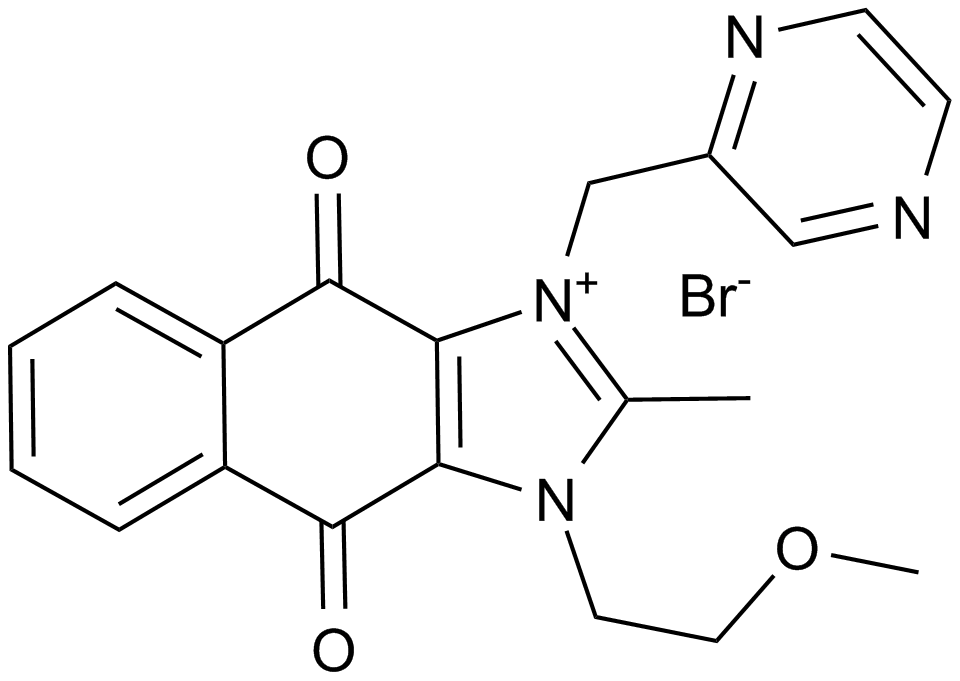IAP
Inhibitor of apoptosis proteins (IAPs) are a family of antiapoptotic proteins that suppress apoptosis by binding to and inhibiting caspases 3, 7 and/or 9. Members of IAP family are characterized by a novel baculoviral IAP repeat (BIR) domain (approximate 70 amino acids) in which a conserved cysteine and histidine residues (Cx2Cx6Wx3Dx5Hx6C) represents a novel zinc-binding fold. However, not all proteins with BIR domain qualify to be an IAP family member. The ability to suppress apoptosis is required as well. So far, eight members of human IAP family have been identified, which are divided into three classes, including class I (XIAP, cIAP1, cIAP2, ILP2 and MLIAP), class II (NAIP) and class III (SURVIVIN and BRUCE).
Produkte für IAP
- Bestell-Nr. Artikelname Informationen
-
GC68231
4-Methylsalicylic acid
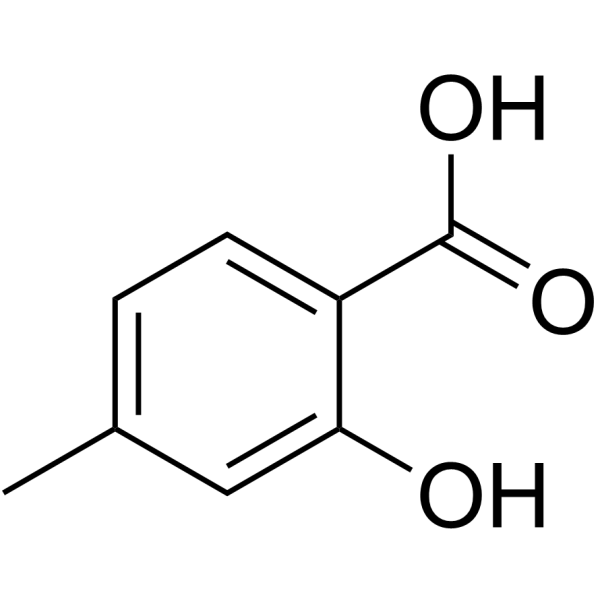
-
GC50465
A 410099.1
High affinity XIAP antagonist; active in vivo
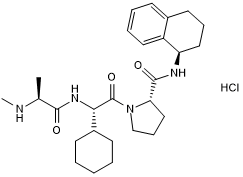
-
GC62640
APG-1387
APG-1387, ein bivalentes SMAC-Mimetikum und ein IAP-Antagonist, blockiert die AktivitÄt von Proteinen der IAP-Familie (XIAP, cIAP-1, cIAP-2 und ML-IAP). APG-1387 induziert den Abbau von cIAP-1- und XIAP-Proteinen sowie die Caspase-3-Aktivierung und die PARP-Spaltung, was zur Apoptose fÜhrt. APG-1387 kann fÜr die Erforschung von hepatozellulÄrem Karzinom, Eierstockkrebs und Nasopharynxkarzinom verwendet werden.
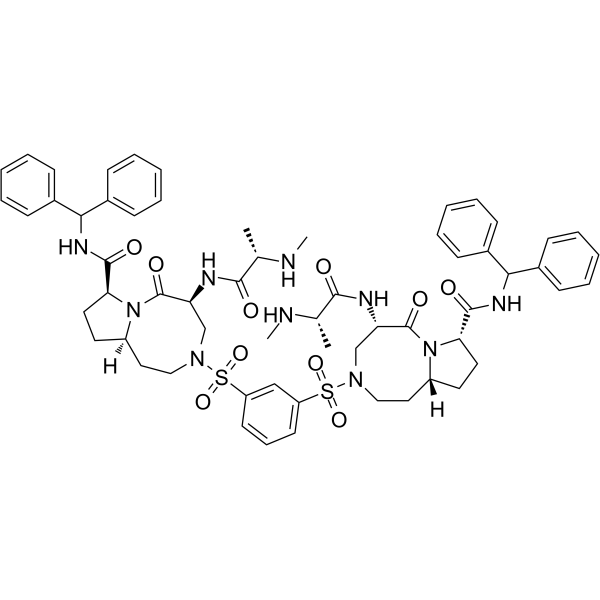
-
GC32803
ASTX660
ASTX660 ist ein oral bioverfÜgbarer dualer Antagonist des zellulÄren Inhibitors des Apoptoseproteins (cIAP) und des X-chromosomalen Inhibitors des Apoptoseproteins (XIAP).
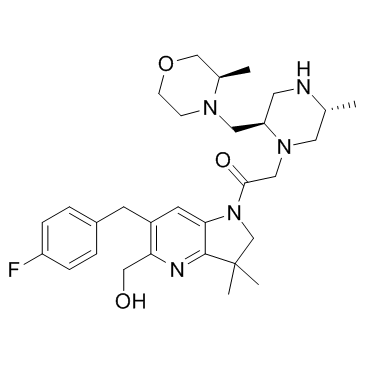
-
GC17448
AT-406 (SM-406)
AT-406 (SM-406) (AT-406) ist ein wirksames und oral bioverfÜgbares Smac-Mimetikum und ein Antagonist von IAPs und bindet an XIAP-, cIAP1- und cIAP2-Proteine mit Ki von 66,4, 1,9 bzw. 5,1 nM .
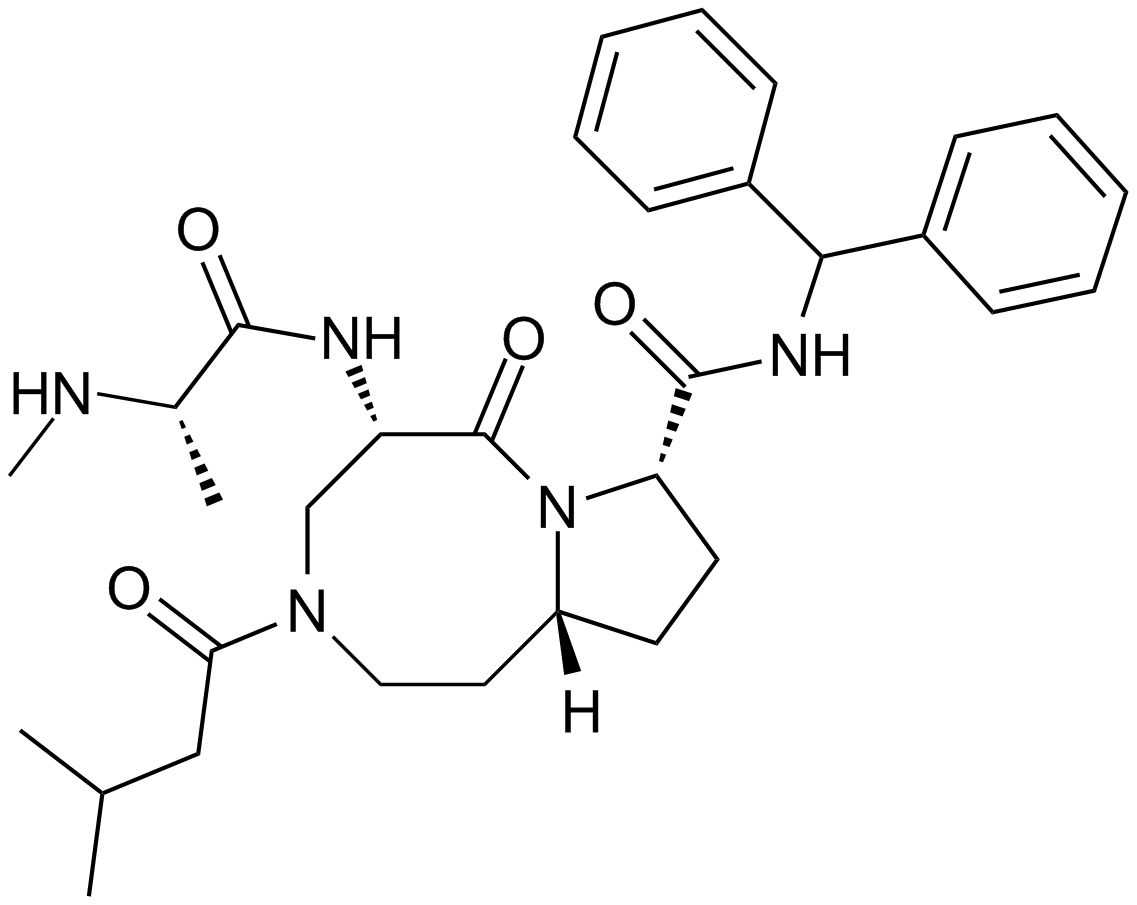
-
GC19050
AZD5582
AZD5582 ist ein Antagonist des Inhibitor of Apoptosis Proteins (IAPs), der an die BIR3-DomÄnen cIAP1, cIAP2 und XIAP mit IC50-Werten von 15, 21 bzw. 15 nM bindet. AZD5582 induziert Apoptose.
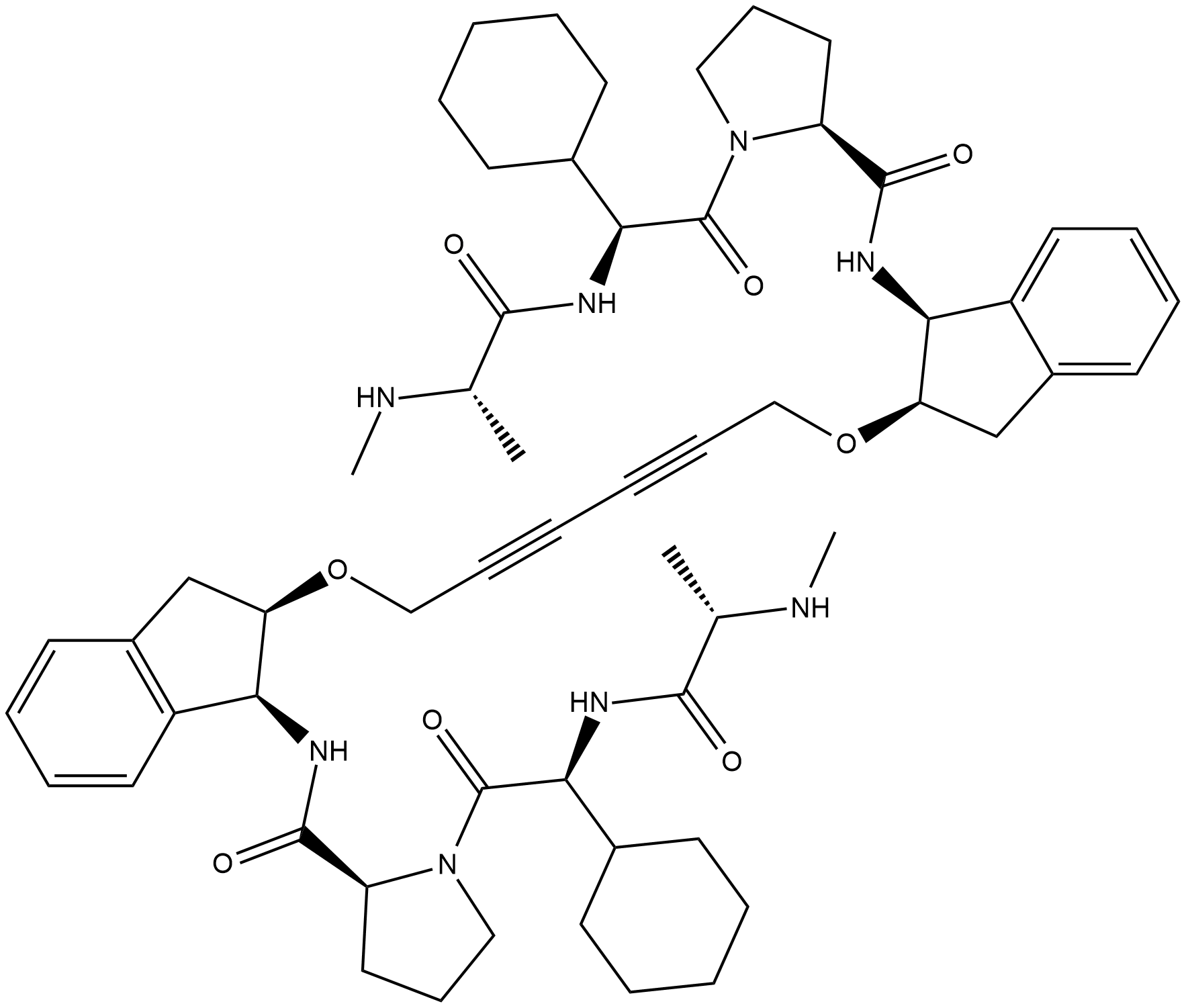
-
GC12426
Birinapant (TL32711)
Ein Antagonist von cIAP1, cIAP2 und XIAP.
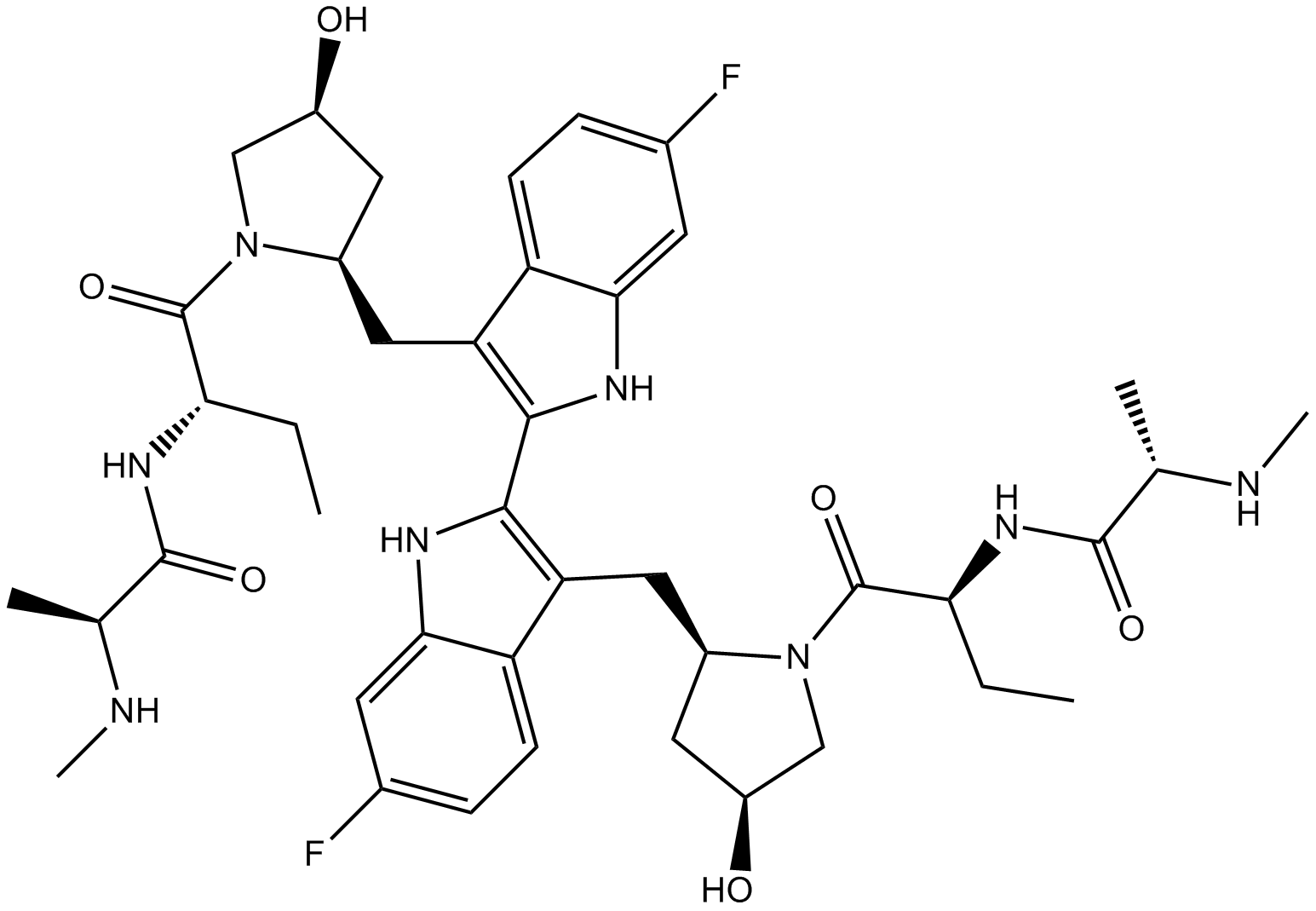
-
GC12333
BV6
BV6 ist ein Antagonist von cIAP1 und XIAP, Mitgliedern der Familie der Inhibitoren der Apoptose (IAP).
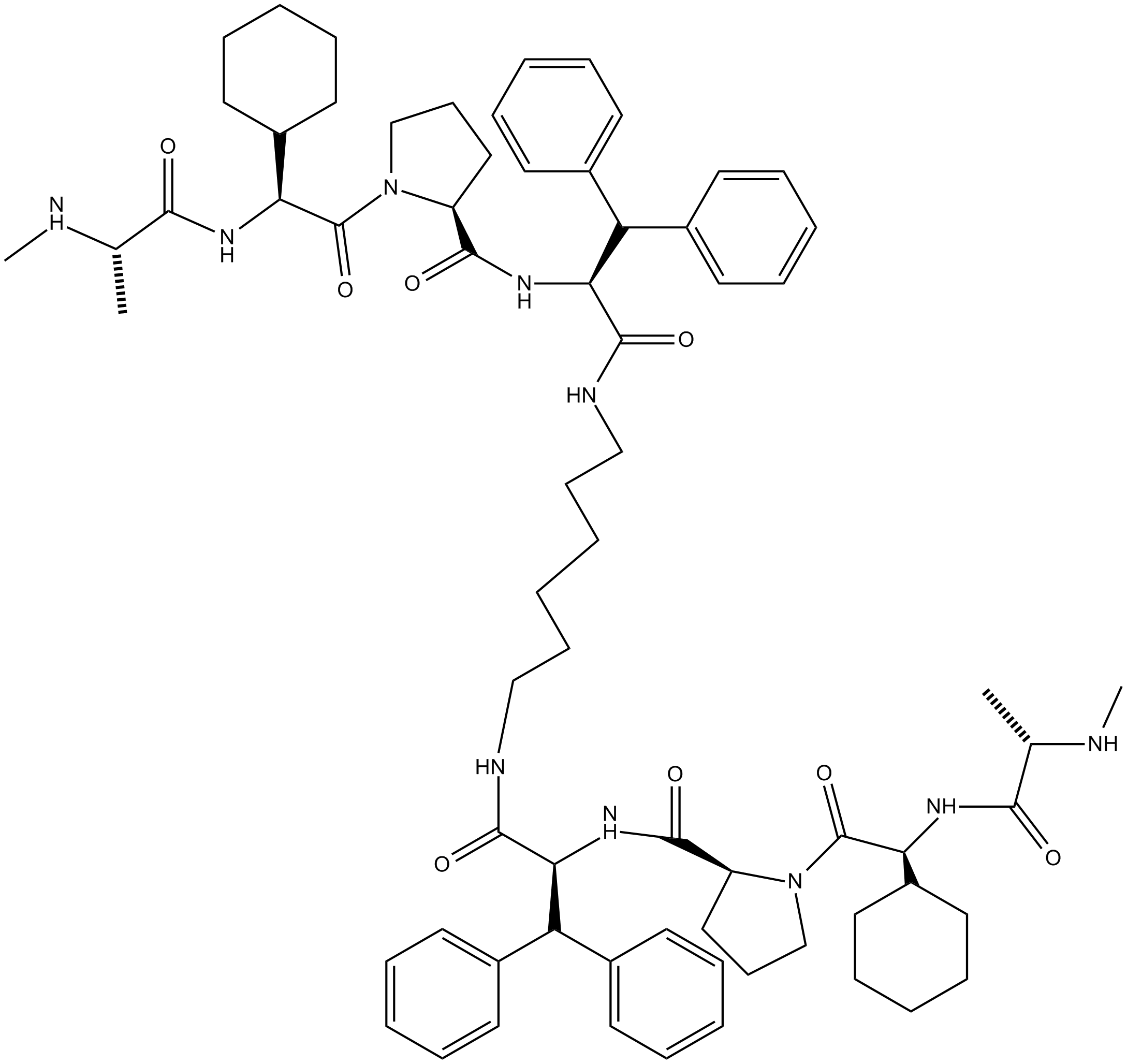
-
GC32781
CUDC-427 (GDC-0917)
CUDC-427 (GDC-0917) ist ein potenter panselektiver IAP-Antagonist der zweiten Generation, der zur Behandlung verschiedener Krebsarten eingesetzt wird.
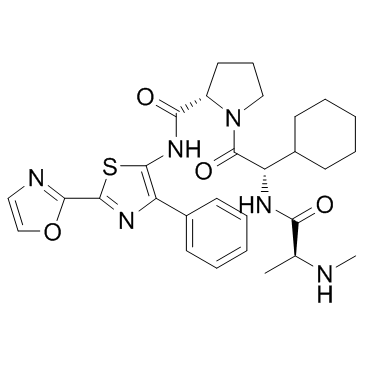
-
GC13163
Embelin
A benzoquinone with diverse biological activities
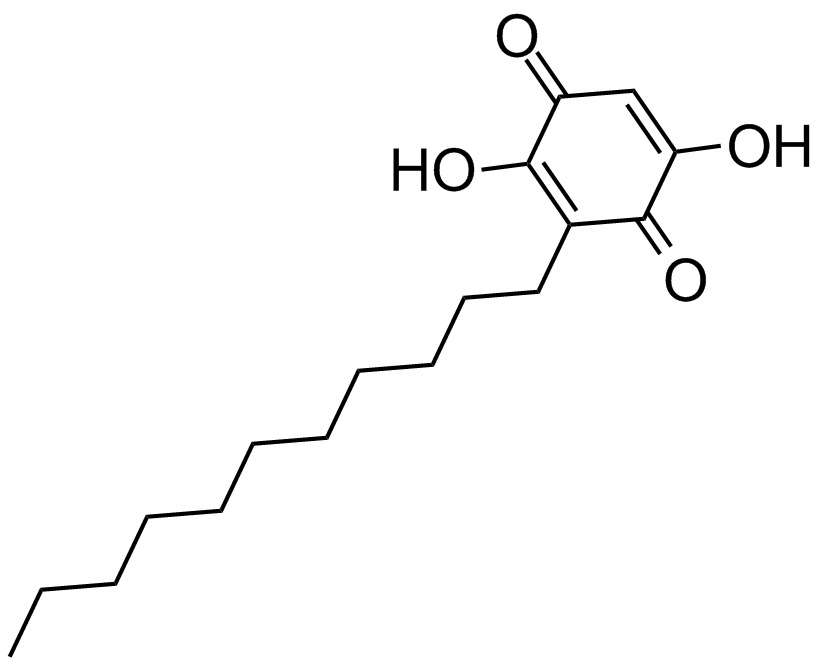
-
GC14451
GDC-0152
An inhibitor of IAPs
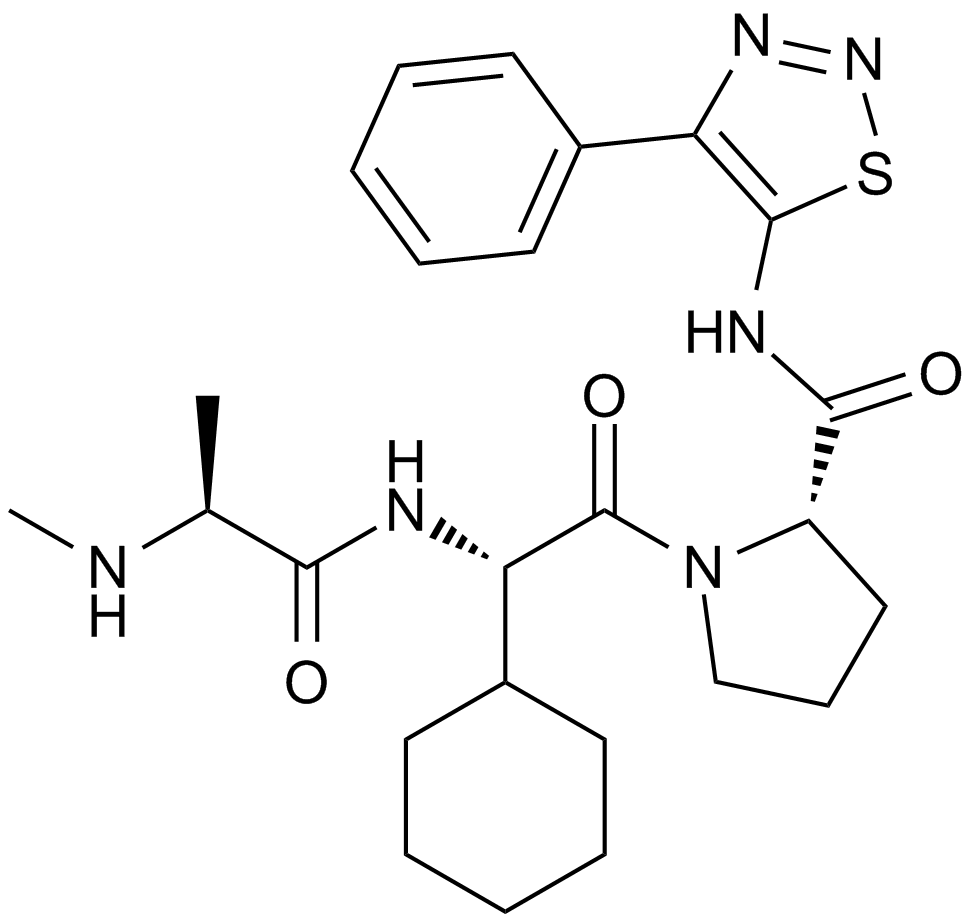
-
GC14291
LCL161
A Smac mimetic and inhibitor of IAP family proteins
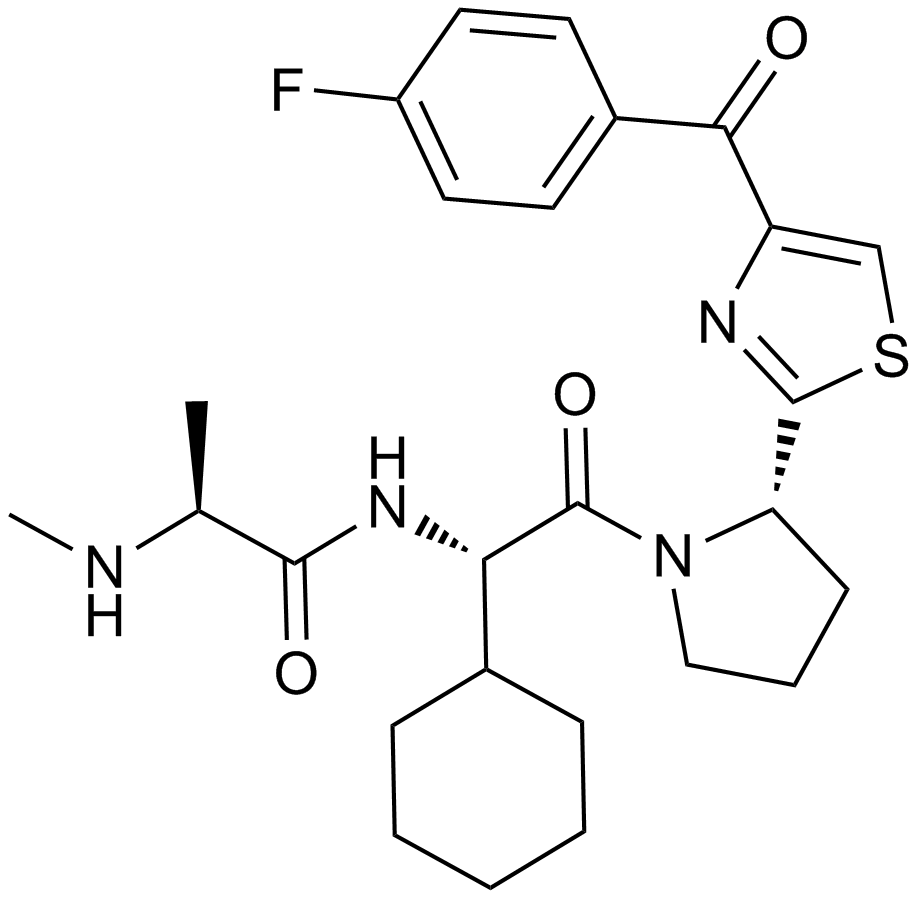
-
GC64980
MV1
MV1 ist ein Antagonist von IAP (Inhibitor of Apoptosis Protein) und fÜhrt in Kombination mit dem HaloTag-Liganden zu einem Protein-Knockdown von HaloTag-fusionierten Proteinen.
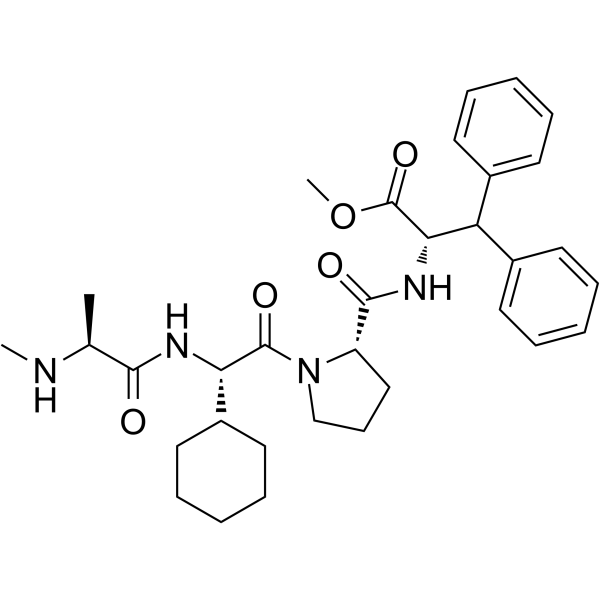
-
GC19257
MX69
MX69 ist ein Inhibitor von MDM2/XIAP, der zur Krebsbehandlung eingesetzt wird.
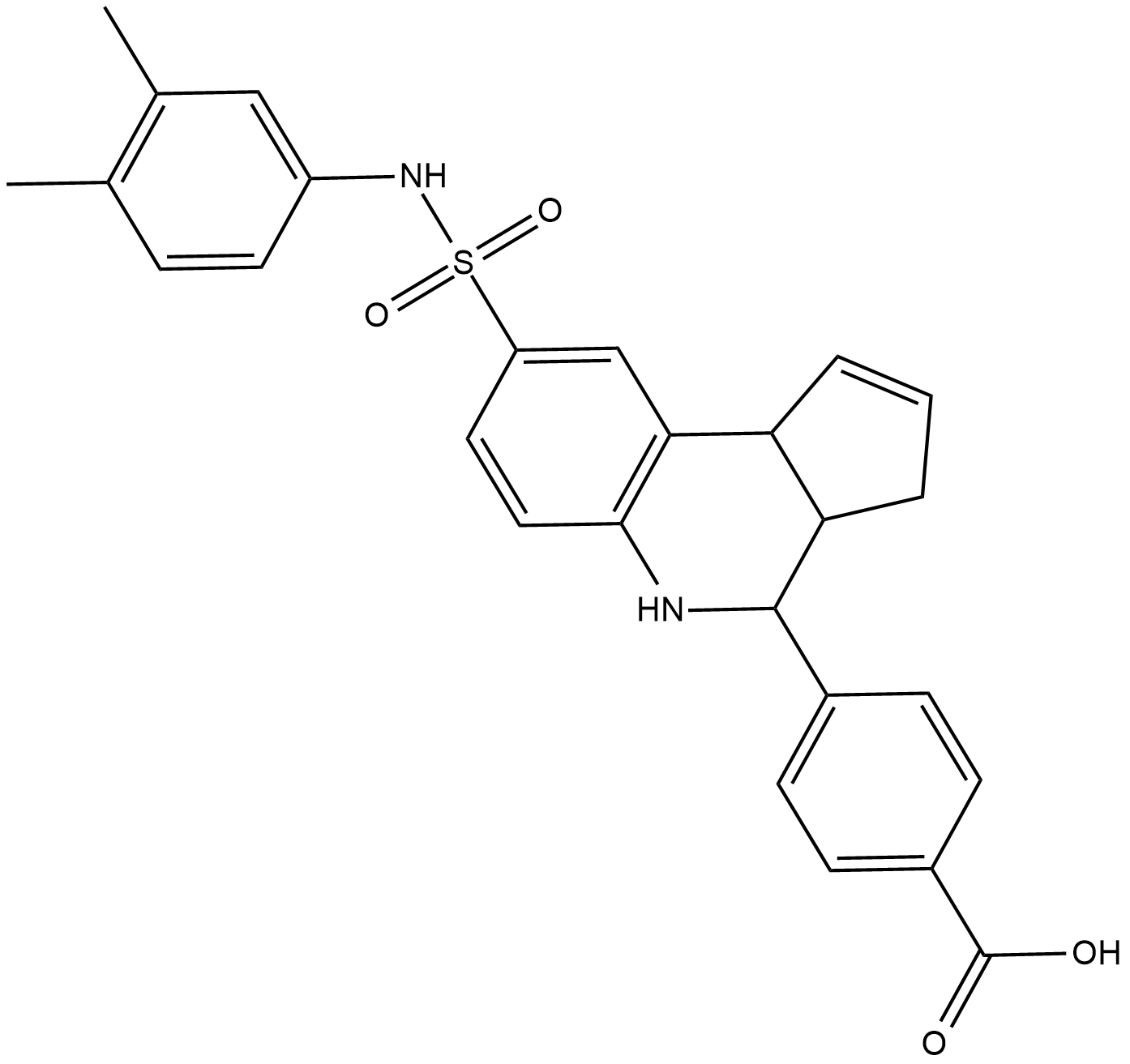
-
GC38545
Polygalacin D
Polygalacin D (PGD) ist eine aus Platycodon grandiflorum (Jacq.) isolierte bioaktive Verbindung mit Antikrebs- und antiproliferativen Eigenschaften. PID unterdrÜckt die Expression der IAP-Proteinfamilie, einschließlich Survivin, cIAP-1 und cIAP-2, und blockiert die Akt-Weg durch Hemmung der Phosphorylierung von GSK3β, Akt und der Expression von PI3K. Polygalacin D induziert Apoptose
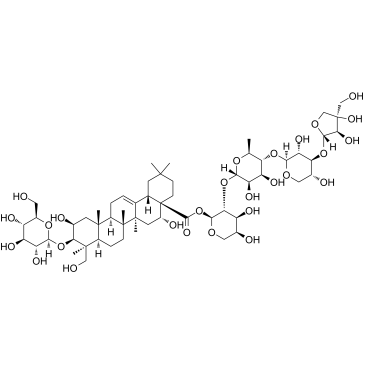
-
GC63870
SBP-0636457
SBP-0636457 (SB1-0636457) ist ein SMAC-Mimetikum und als IAP-Antagonist. SBP-0636457 bindet an die BIR-DomÄnen der IAP-Proteine mit einem Ki von 0,27 μM. SBP-0636457 kann fÜr die Erforschung von soliden Tumoren und hÄmatologischen Krebsarten verwendet werden.
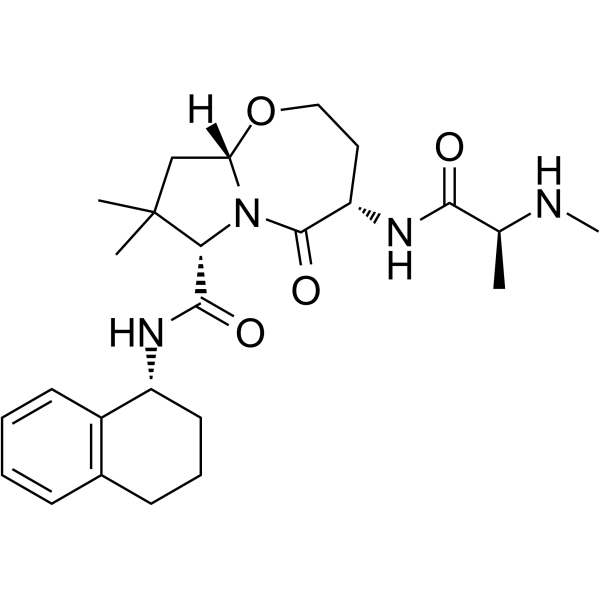
-
GC63194
SM-1295
SM-1295 ist ein Antagonist des Inhibitors des Apoptoseproteins (IAP) mit Kd-Werten von 3077 nM, 3,2 nM und 9,5 nM fÜr XIAP-BIR3, c-IAP1-BIR3 bzw. c-IAP2-BIR3.
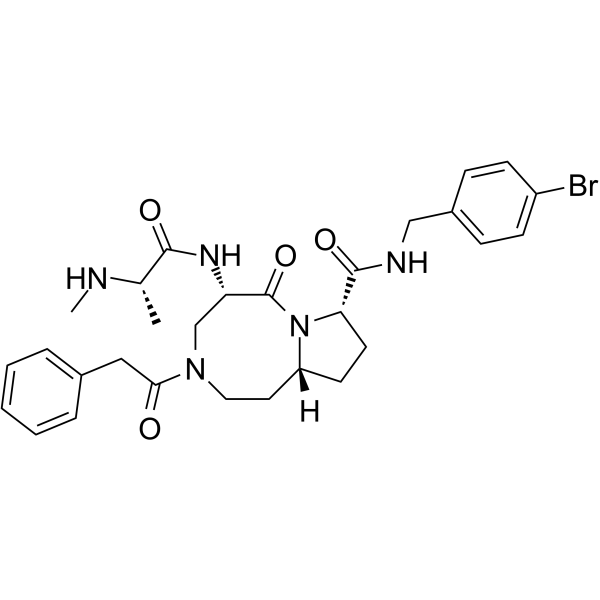
-
GC17167
SM-164
SM-164 ist eine zelldurchlÄssige Smac-mimetische Verbindung. SM-164 bindet an das XIAP-Protein, das sowohl die BIR2- als auch die BIR3-DomÄne enthÄlt, mit einem IC50-Wert von 1,39 nM und fungiert als Äußerst potenter Antagonist von XIAP.
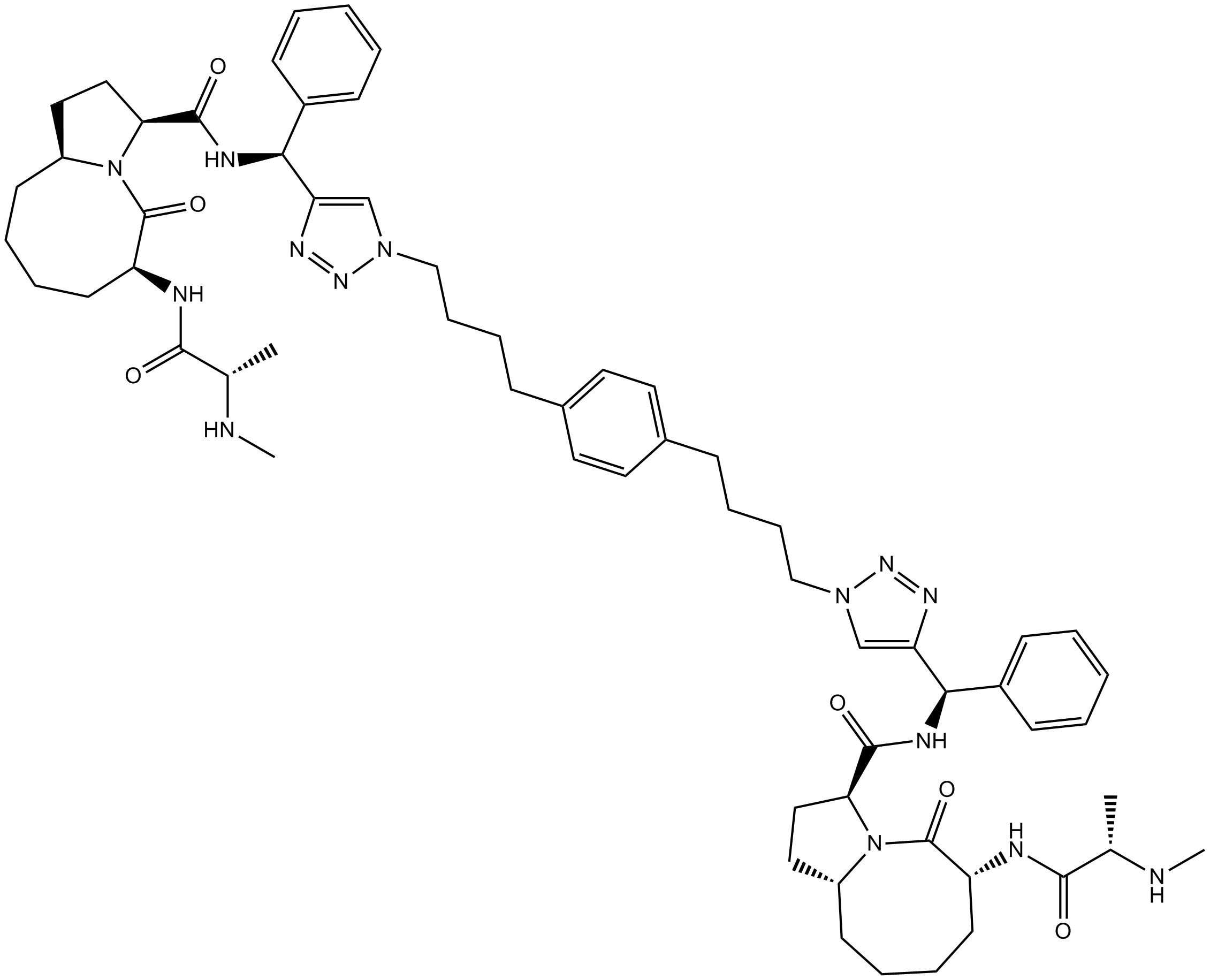
-
GC37649
SM-164 Hydrochloride
SM-164 Hydrochlorid ist eine zelldurchlÄssige Smac-mimetische Verbindung. SM-164 bindet an das XIAP-Protein, das sowohl die BIR2- als auch die BIR3-DomÄne enthÄlt, mit einem IC50-Wert von 1,39 nM und fungiert als Äußerst potenter Antagonist von XIAP.
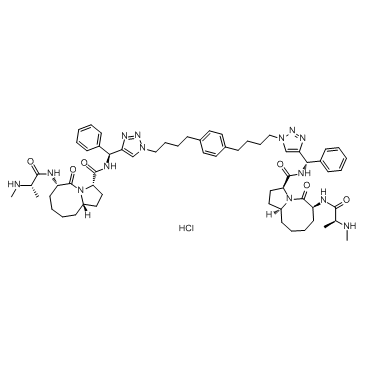
-
GC63195
SM-433
SM-433, ein Smac-Mimetikum, fungiert als Inhibitor des Inhibitors von Apoptoseproteinen (IAPs). SM-433 weist eine starke BindungsaffinitÄt zum XIAP BIR3-Protein mit einem IC50 < 1 μM auf (Patent WO2008128171A2).
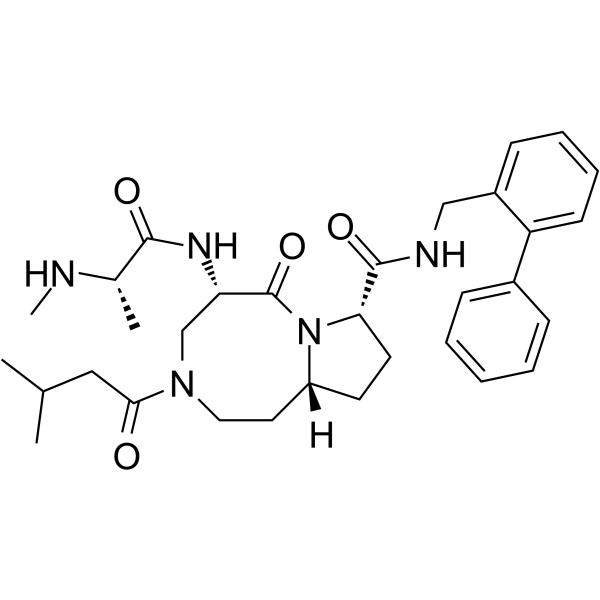
-
GC63709
SM-433 hydrochloride
SM-433-Hydrochlorid, ein Smac-Mimetikum, fungiert als Inhibitor von Inhibitor von Apoptoseproteinen (IAPs). SM-433-Hydrochlorid weist eine starke BindungsaffinitÄt zum XIAP BIR3-Protein mit einem IC50 < 1 μM auf (Patent WO2008128171A2).
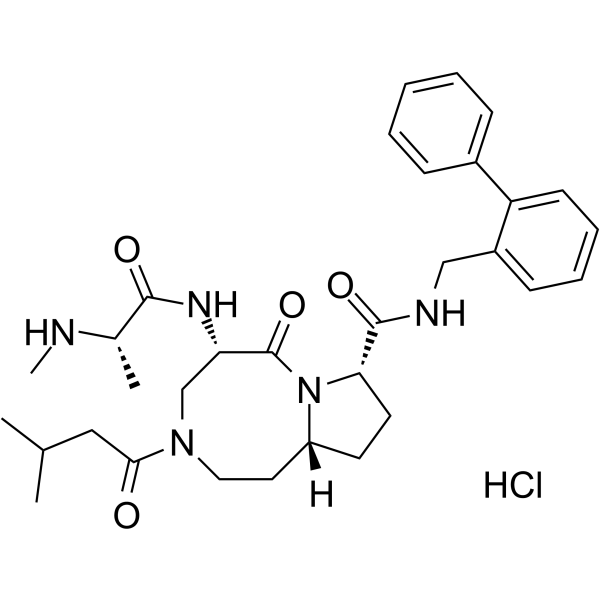
-
GC14402
Triptolide
Triptolide is a diterpenoid triepoxide extracted from the root of Thunder God Vine, acting as an inhibitor of NF-κB activation. NF-κB is a family of transcription factor protein complexes.
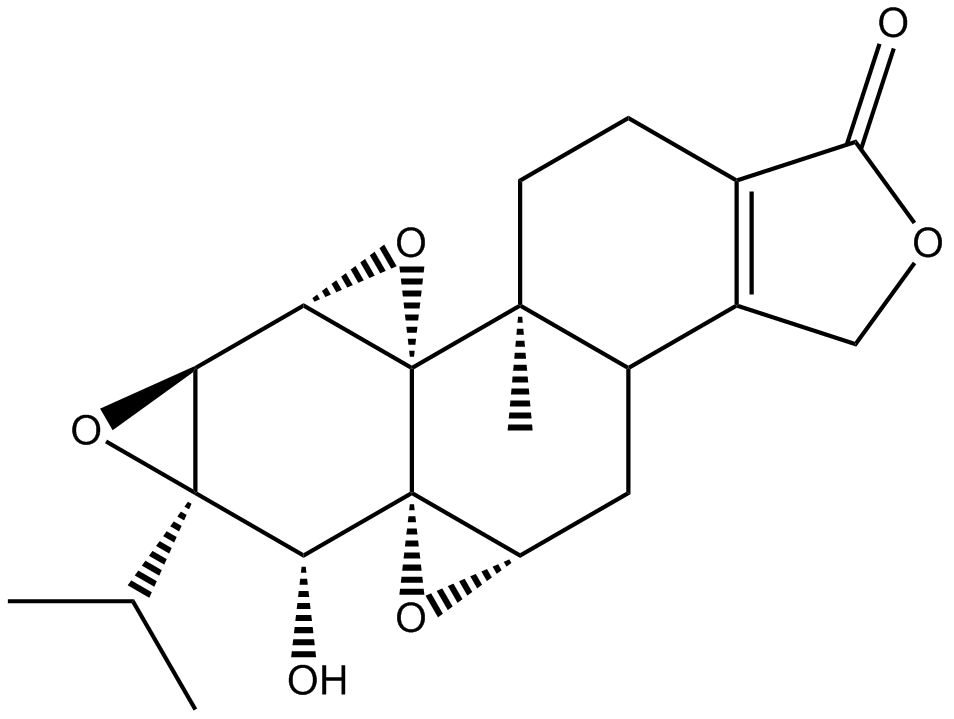
-
GC16479
UC 112
UC 112 ist ein neuartiger potenter IAP(Inhibitor of Apoptosis)-Inhibitor; hemmen wirksam das Zellwachstum in zwei humanen Melanom- (A375 und M14) und zwei humanen Prostatakrebszelllinien (PC-3 und DU145) (IC50 \u003d 0,7–3,4 μM).
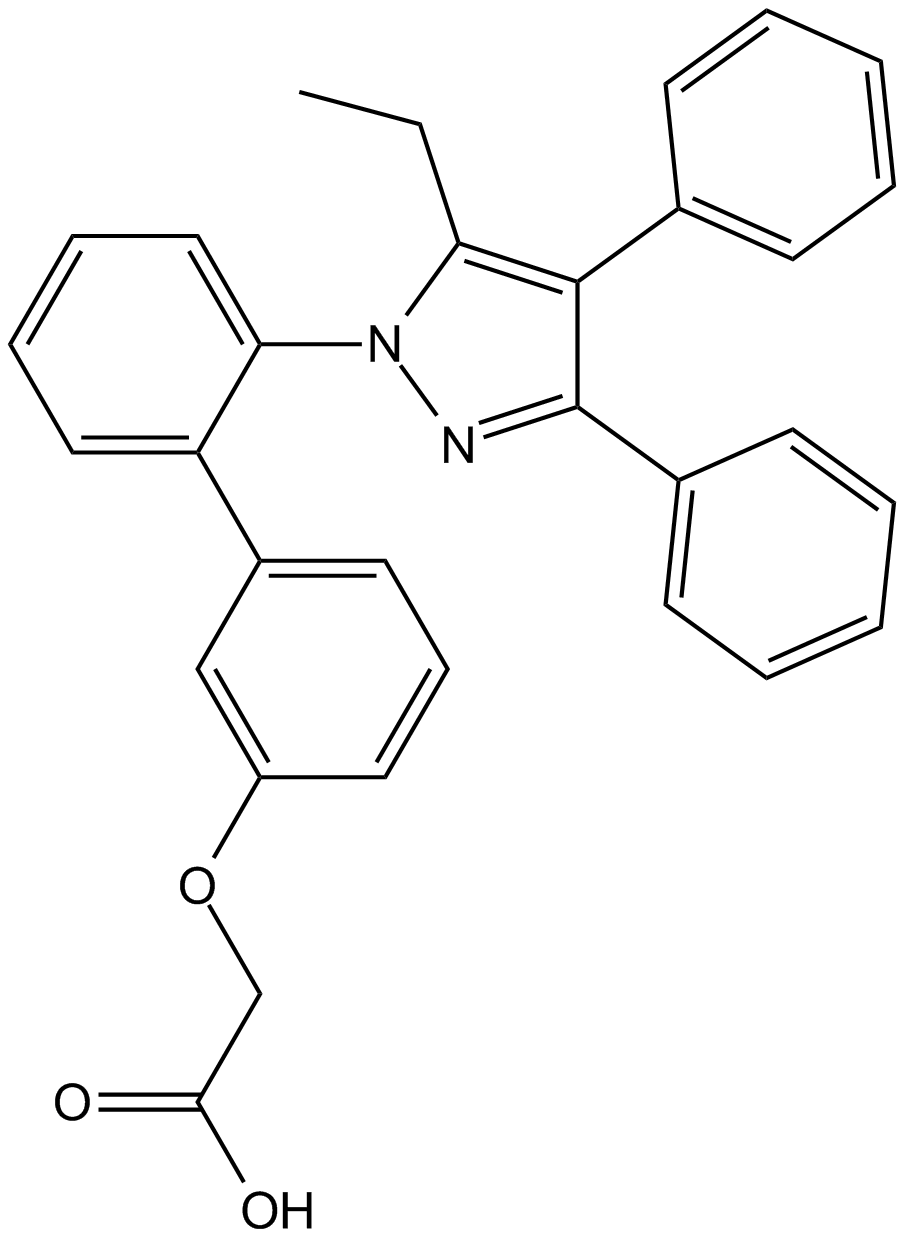
-
GC63290
Xevinapant hydrochloride
Xevinapant (AT-406) Hydrochlorid ist ein potentes und oral bioverfÜgbares Smac-Mimetikum und ein Antagonist des Inhibitors der Apoptoseproteine (IAPs). Xevinapant-Hydrochlorid bindet an XIAP-, cIAP1- und cIAP2-Proteine mit Kis-Werten von 66,4, 1,9 bzw. 5,1 nM. Xevinapant-Hydrochlorid antagonisiert das XIAP BIR3-Protein in einem zellfreien Funktionsassay wirksam, induziert einen schnellen Abbau des zellulÄren cIAP1-Proteins und hemmt das Wachstum von Krebszellen in verschiedenen menschlichen Krebszelllinien. Xevinapanthydrochlorid ist hochwirksam bei der Induktion der Apoptose in Xenograft-Tumoren.
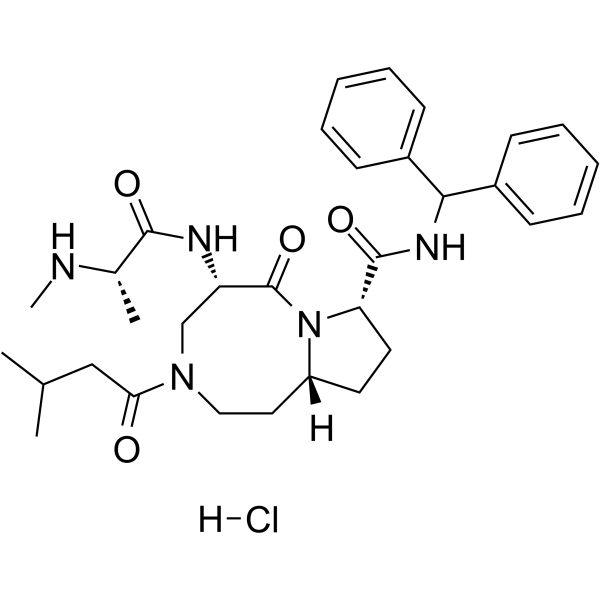
-
GC68388
XIAP degrader-1
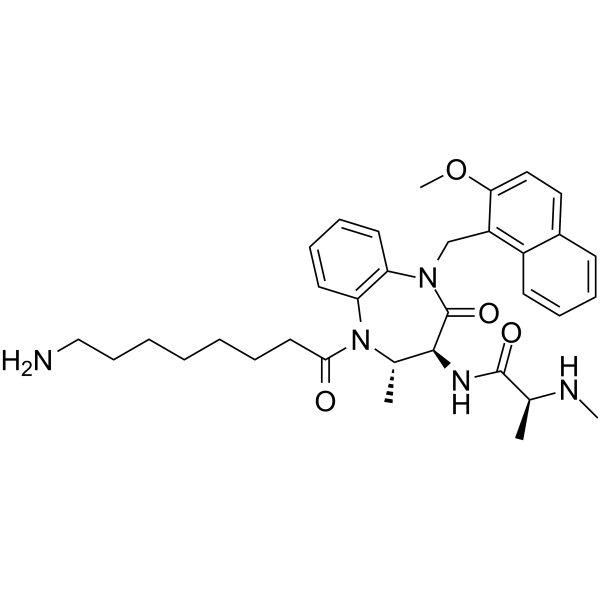
-
GC13107
YM155
A small molecule survivin suppressant
